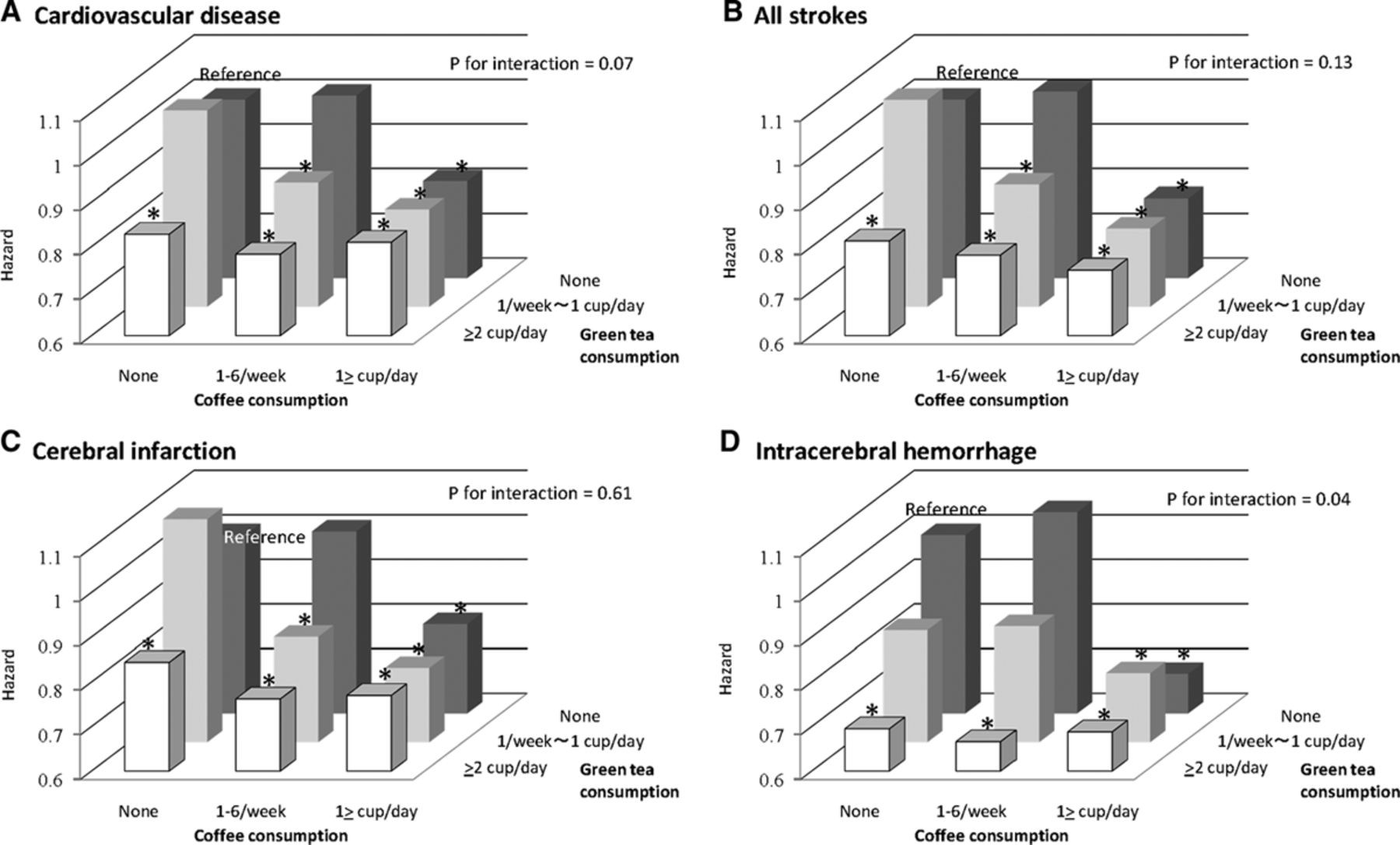Understanding the factors that allow Japanese people to live so long will be useful for global health policies, and especially for countries struggling to improve public health.
Japan has the longest life expectancy at birth in the world (86.6 years for women and 79.6 years for men in 2013) and researchers would like to understand why. Manami Inoue, professor of cancer epidemiology at the University of Tokyo and Project Professor, AXA Department of Health and Human Security, is trying to find out how selected risk factors (and especially those we have some control over) and various diseases are related. Using comparable methodology and other statistical analysis techniques, she is investigating how these risks vary across the Japanese population, depending on people’s age, gender and socio-economic status.
Identifying risk factors and pathologies
Inoue and her research team are monitoring more than 100 000 Japanese residents over their lifetimes to identify the interlay between certain risk factors and pathologies in later life. “We look at whether people become ill during the study, and if so, with which disease. We also put a questionnaire to them, asking them about their general lifestyle. We obtain hazard ratios* from this data using statistical techniques like Cox proportional hazard modeling.”
This study started in the 1990s and is following people who were between 40 to 69 years old at the time. They are re-contacted every 5 and 10 years for a follow-up survey and are monitored regularly for major diseases such as cancer and cardiovascular disease, and death from all causes.
“In our research, we focus primary on premature death, and which factors increase this,” explains Inoue.
Smoking, drinking, and green tea
Some of the main results from this work so far indicate that smoking pushes up the so-called hazard ratio for premature death by 1.5 times compared to not smoking.
The researchers have also found that the hazard ratio for colorectal cancer for Japanese people who drink alcohol is higher than that of their western counterparts. This is because an estimated 50% of the Japanese population lacks the enzyme to metabolize acetaldehyde. On the plus side, they found that regularly drinking green tea, and to some extent coffee, reduces the relative risks from dying from major diseases, like cardiovascular disease.

Multivariable-adjusted hazard ratios of cardiovascular disease (A), all strokes (B), cerebral infarction (C), and intracerebral hemorrhage (ICH; D) for green tea and coffee consumption. Data were expressed as multivariable-adjusted hazard ratios adjusted for age, sex, smoking, alcohol, body mass index, history of diabetes mellitus, medication for antihypercholesterolemia and antihypertension, sports, dietary intake of fruits, vegetables and fish.Credit: The Impact of Green Tea and Coffee Consumption on the Reduced Risk of Stroke Incidence in Japanese Population DOI: 10.1161/STROKEAHA.111.677500
Could lifestyle be more important than genetic factors?
“Genetic factors appear only to play a small role when it comes to life expectancy, and lifestyle seems to be much more important,” says Inoue. “For example, Japanese women live longer thanks to their healthy lifestyle, which includes a better diet – especially for those over 50. The Japanese also consume less meat and animal fats than Westerners in general and eat more fish.
“Japanese women over 50 also drink much less alcohol than their male folk, and hardly ever smoke, which means that they are half as likely to develop stomach or liver cancers compared to men. Drinking less alcohol also reduces the risk of developing colorectal and breast cancers for women.”
Obesity is still rare in Japan
In general, Inoue’s work has revealed that the incidence of cancer in Japan overall is much lower than in European countries and that obesity there is still rare since Japanese people generally have a lower body-mass index, or BMI (mass in kg/height in cm2). This is especially true for younger age groups, and in particular for women.
“This low BMI could also help explain future projections of diabetics in Japan,” says Inoue. “We only see a serious increase in diabetes in people over 60, even though the number of diabetic patients in Japan is increasing too and will continue to increase in the future – perhaps because people are simply living longer and because diabetes prevalence increases with age anyway?
Until now, our studies have mainly focused on people who were born in the 1920s and 1930s and we haven’t really studied those born after 1960. This population group is more familiar with fast-food, for example, and, in general, drinks more alcohol than previous generations and has a more western-style diet.”
Future research must focus on younger populations too
Hiroshi Noto, MD, Director of the Endocrinology Department at St. Luke's International Hospital in Tokyo, who was not involved with this work, says that it is crucial to distinguish between life expectancy at birth and the average age of death when interpreting data on longevity. The former means "how long people are expected to live" and the latter "how long they have actually lived".
“In addition, life expectancy at birth significantly affects the death rate in childhood and this is not always correlated with that at older ages. For instance, the life expectancy at age 80 for Japanese women was 11.3 years in 2011, which is shorter than that in some other countries. Therefore, while Inoue and colleagues’ findings are pertinent and important for elderly people, studies on younger populations would indeed be good too, as the researchers rightly mention.
Establishing lifestyle recommendations
Such studies are important for health policy makers to establish lifestyle recommendations, she adds. “Japan will lead the way here. Since we have the longest life expectancy in the world, the recommendations put forward by our health policy makers will be keenly followed by the global community. What is more, neighboring countries, like Korea, China and Taiwan, which have similar lifestyles to Japan’s, will also be keeping a close eye on our guidelines.”
Inoue’s team is now turning its attention, among other subjects, to the increase in the cases of observed dementia in Japan. As ageing increases, so, unfortunately, does the risk of developing neurodegenerative diseases, but the problem here is that people suffering from the condition are difficult to quantify. “It is not at all like cancer, where the illness is well diagnosed,” explains Inoue. “Using general population research, we will now try and create a good way of identifying dementia and this work will be critical for predicting what happens in future generations. Ultimately, we hope to be able to answer the question: what actions can we take now to protect ourselves from dementia in the future?”
*hazard ratioshazard ratios
In cancer research, hazard ratios (or relative risks at a particular moment in time) are often used in clinical trials to measure survival at any point in time in a group of patients who have been given a specific treatment compared to a control group given another treatment or a placebo. A hazard ratio of one, for example, means that there is no difference in survival between the two groups and a hazard ratio of greater than one or less than one means that survival was better in one of the groups.
Source : Scientific American
Discover research projects related to the topic
Mécénat des Mutuelle
France
CLIMABRAIN: Impacts of Extreme Weather on the Most Vulnerable Living with Alzheimer's disease
In the context of the increase in extreme weather events due to climate change, the project led by Tarik Benmarhnia... Read more

Tarik
BENMARHNIA


